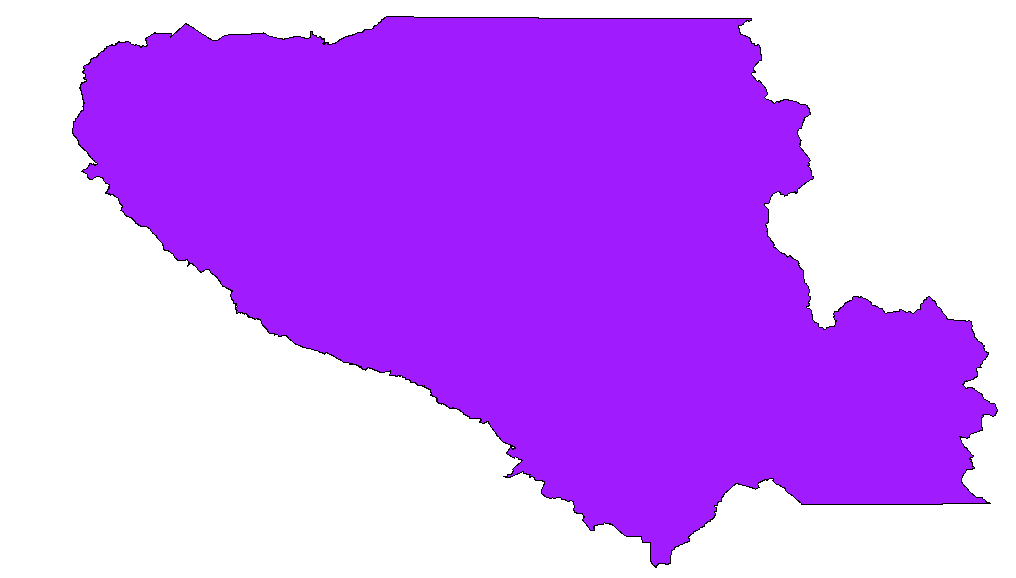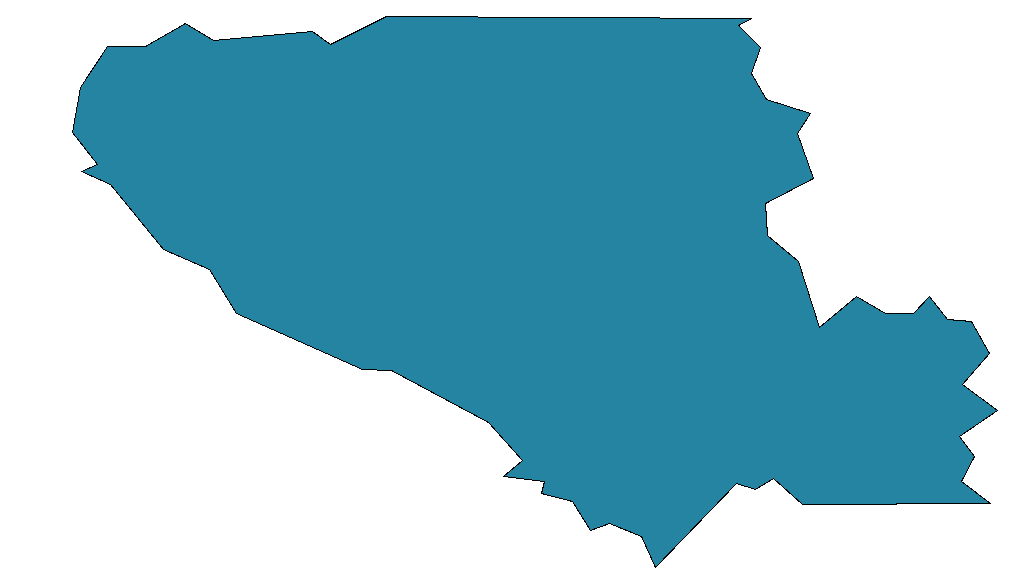I have detailed US county maps, from the TIGER LINE data sets. How might I sample, smooth, or degrade the data so that I get straighter, more boxy, less "noisy" shapes to represent the geographical features -- in this case just county boundaries and state lines, but maybe also in the general case?
The sampling could happen at rendering time if that can be done efficiently, or a parallel data set could be generated and stored. I am using PostGIS, and the lines are multi-polylines generated by shp2pgsql -- but any solution where you take a squiggly line and reduce it to a smoother line of roughly the same significance to a human interpreter would be very useful.


